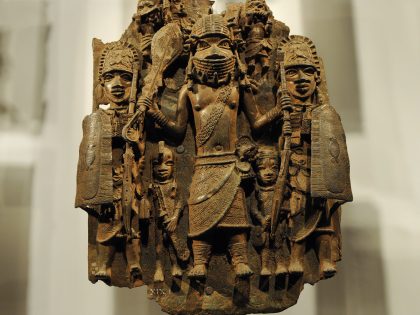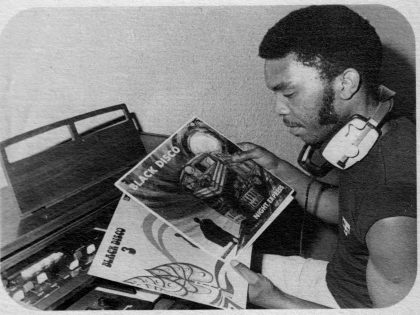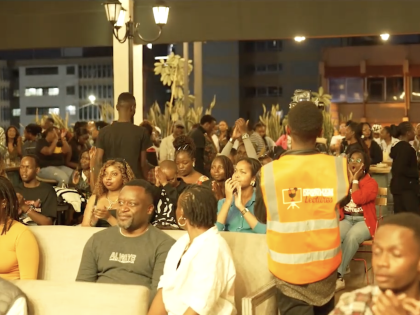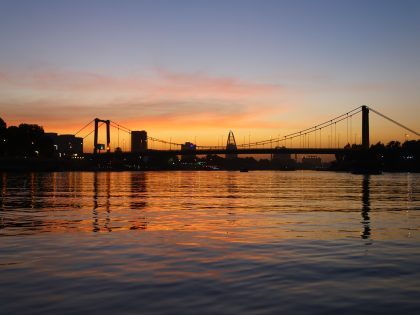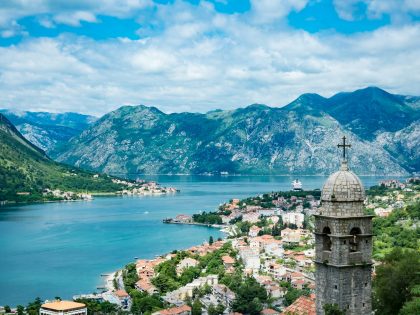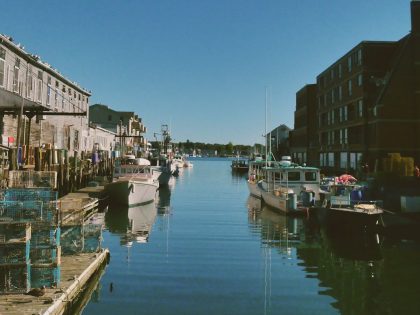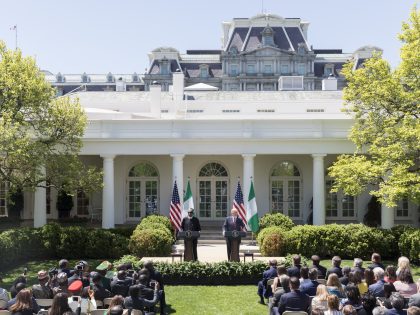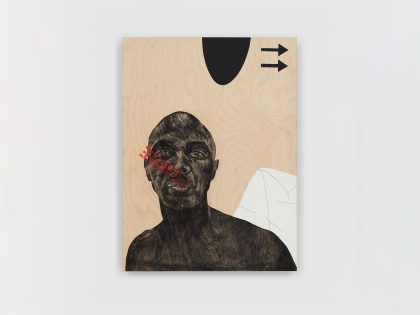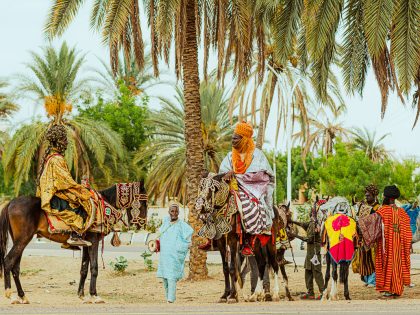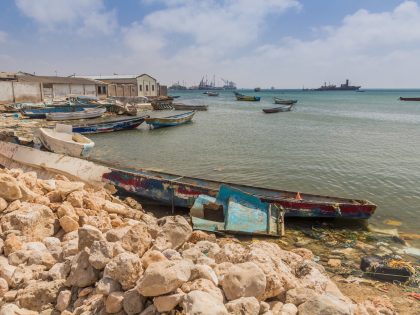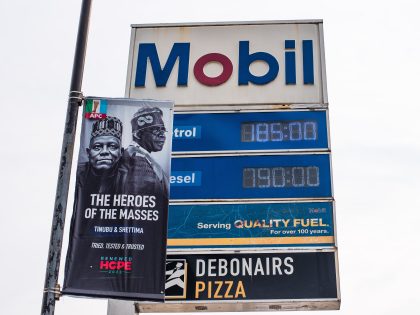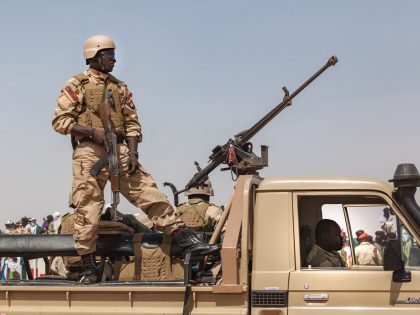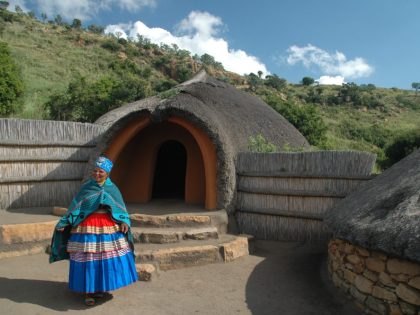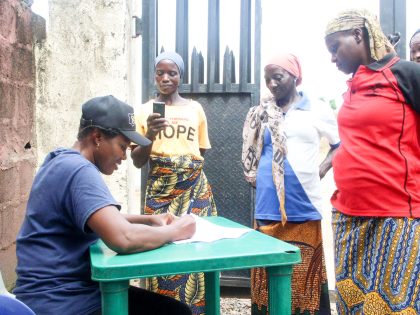Street Life in an African City: Oxford Street in Accra
The evidence of material on African cities does not inspire confidence. They are increasingly overcrowded with no clear plan for matching population growth to available facilities. Sewage and garbage disposal are perennial problems. Laboring street children are everywhere. The hope some five decades ago when many countries gained freedom from their former colonial masters was that the cities would act as engines of growth. It was also hoped that they would act as the crucibles within which heterogeneous identities could be merged into a national template. Now the progressive politicization of ethnic and religious identities in places such as Nairobi and Kano have quickly disabused observers of that hope. And it doesn’t help either that youth urban styles appear to be heavily derivative of European and Western models: witness for instance hip-life in Accra (a mixture of hip hop rhythms with local language rap forms) and the speech repertoires inspired by televangelism from the 1980s.
And yet it appears also that the dominant crisis-management discourse, heavily enamoured of international financial agencies, is actually helping to obscure more pressing questions. I have often wondered to myself, for instance, what it would really take to engage with the mundane and apparently ephemeral details of the African city. I think here of the spontaneity of street life, the slogans, mottoes, and inscriptions of lorries and passenger vehicles, the appropriation of official spaces for non-official uses, and, all in all, the blatant insertion of local social imaginaries into the public discourses that attempt to define the city. But it would not be adequate either to settle for a simple inventory of subaltern urban forms. That can only lead to a brute numerology; there are countless statistics already that tell us everything we need to know about the crisis confronting the African city.
Issues of method arise. How does one keep focused on the mundane and the apparently ephemeral and from this construct a viable understanding of the African city? More pressingly, how does one tie these passing quotidian features to questions of historicity, transition, and agency, all three of which cannot be escaped if a proper counter-discursive corrective is to be made against the current crisis-management understandings?
These questions became pronounced over the past decade as I worked on the social and urban history of Accra, but from the perspective of a single street. This street, fondly named Oxford Street by denizens of the city, does not actually exist. No map of Accra registers its presence. This is for the simple reason that that is not its official name. Rather, it is part of a much longer road called Cantonments Road, with Oxford Street being the roughly one-and-a-half mile stretch towards the southernmost end of Cantonments Road. In fact, behind the Cantonments/Oxford Street names lies a whole series of peculiar stories and urban features, the detailing of which gives us a good entry into the history of Accra in general. But my aim has not to write a straightforward history; quite the opposite. Though I grew up in Accra, the fact that it was in a quite different neighbourhood (Kaneshie it is still called), means that my research on Oxford Street has forced me into a re-discovery of the familiar, to appropriate South African writer Njabulo Ndebele’s famous book title. I am a witness to the particular and attempt to detail the ordinary. All this while tracking the evolution of the city in which I grew up from the colonial period to the present day.
Allow me then to take undue advantage of double vision and describe Oxford Street from the perspective of an erstwhile denizen of Accra as well as that of someone who has lived abroad for many years. I have encountered many other cities in Africa and elsewhere and have not been nervous of wantonly connecting Oxford Street in my mind to places in Istanbul, Amsterdam, Johannesburg, and of course London and New York where I have been. The evocativeness has been partly in terms of the implicit mimesis of the opportunities for self-fashioning that Oxford Street represents, and which are replicated in many cities across the world, as it is in the contradictory structural features of the commercial boulevard, especially that between authenticity and imitation on the one hand, and between legal sale and fugitive vending on the other.
On entering the Oxford St from the north end (that is, from Danquah Circle), one is struck by how crowded it looks, with both vehicles and people, many large commercial buildings, and a proliferation of large-size billboards advertising everything from cell phone company products (MTN: ‘Everywhere You Go’; Tigo: ‘Express Yourself’) to the services of the United Emirates Airlines; from Nescafe to sanitary pads; and from the Nigerian Ovation magazine to DStv with the face of Jennifer Lopez staring coyly from the billboard. To enter the Street is also to be confronted by a range of features that are recognizable from high streets elsewhere in the world and yet are marked here by a mix of decided local characteristics. Your regular banks sit cheek-by-jowl alongside vendors of football paraphernalia, which proliferate exponentially during the years in which Ghana participates in international soccer tournaments such as the World Cup or the African Cup of Nations competition. Papa Ye, the local fast food giant, has to contend with the vendor promising the exact same chicken-and-fried-rice-with-Coke combo right across the street from it, with the added enticement of a ghetto blaster with full-on Bob Marley music to accompany your food, while Woodin (retailer of beautiful print cloths) contends with ‘already-made’ (i.e., pre-sewn) variants of dresses and shirts made from the same print cloths but available for much cheaper off the street vendors. Electronic goods stores abound, as do jewelry shops, along with the offices of all the major cell phone companies such as Airtel, MTN, Glo and Tigo. Koala, a grocery store to rival Trader Joe’s, Sainsbury’s or Loblaws, is also on Oxford St, while the huge edifice to American fast food retailing that is KFC opened in September 2011 to add a further transnational dimension to the food offerings on the Street. Several large Chinese and other high-end restaurants. Even though Accra has not known a large or even substantial Chinese population this has not prevented the establishment of quite popular Chinese restaurants, some of which date from the late 1960s and early 70s. The Chinese restaurants in the area include Chikin’ Likin’, Tsing Tao, Noble Chinese Restaurant, Peking Restaurant, and Dynasty, perhaps the most well known of them all. There are also hyper busy internet cafes, hotels, B&Bs, forex bureaux, and a large and luscious Italian-themed ice cream parlour make of this commercial stretch a visitor’s dream and the local dispossessed’s mouth-watering nightmare. On adjoining streets and byways off Oxford Street and within a roughly five hundred-metre radius are various Embassies and High Commissions, the Goethe Cultural Institute, and Ryan’s, reputed to be the best Irish pub outside Dublin, along with several other such watering holes and dance venues. And since at least the summer of 2006 a mega-sized television screen has been permanently mounted in front of the Osu Food Court and streams live TV advertisements and reality shows such as Big Brother Africa on a 24-hour continuous loop.
Any temptation to see Oxford St as a postmodern transnational commercial boulevard is, however, quickly to be tempered by the many signs of cultural phenomena that reach back several generations and some of which may be seen replicated in varying forms here as well as in different parts of the city and indeed in other urban areas across the country at large: the young man selling fresh coconuts whose skill for discerning the tenderness or hardness of the inside of the fruit before deftly splitting off the crown with his cutlass seems purely esoteric; the woman that sells ripe plantain roasted over a slow charcoal fire under a tree on the lively kerbside corner (for good strategic reasons trees and kerbside corners feature prominently in the life cycle of roasted plantains); the female hawkers nonchalantly walking along with their wares balanced on their heads but without the prop of hands and selling things as varied as ice cold water, or oranges, or roasted peanuts, or even charcoal, smoked fish, onions, chillies and cassava and plantain for the evening’s fufu. One or two of these women may even have a young child strapped to their back. These variant features bring the mix of businesses and vendors on the street much closer to commercial districts in other parts of the city such as Makola, Kaneshie Market, Dansoman High Street, or Spintex Road, all of which are veritable beehives of commercial activity with their own distinctive characteristics. And yet Oxford Street is different from all these, and for a reason that almost passes without notice. . . .
* This post was first published on Arcade.
